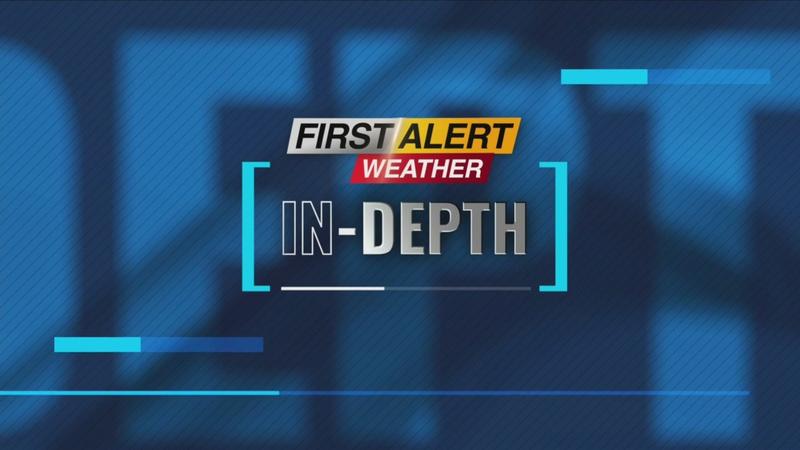First Alert Weather In-Depth: A meteorologist and their balloons

ROCHESTER, N.Y. — A little Styrofoam box with a plastic appendage and a few wires can be a highly effective weather instrument.
It is hard to believe, considering the simplicity of the object. It’s called a radiosonde and is used by the National Oceanic Atmospheric Administration (NOAA) every day across this country.
The package has been used in one form or another since the 1930s. The data that it’s measuring as it climbs through the sky is temperature, atmospheric pressure, winds, relative humidity and GPS positioning. It is the launching of the proverbial weather balloon that seems to be interesting for the meteorologist. A latex balloon is filled with helium or hydrogen. As it climbs through the atmosphere it will expand to near 20 feet from its original diameter and eventually burst at an altitude of less than 100,000 feet (most times it is much less). It’s very lightweight package and slowly descends by use of a small parachute.
But before that happens, there is a tremendous amount of weather information that is transmitted down to a ground station. That’s all important in terms of that data going into our computer models in order to simulate what the future of the atmosphere future will look like. The closest station that we have for launching is near the Buffalo Niagara International Airport. Meteorologist Glenn Johnson saw one of these launchings when he was a college student at SUNY Brockport.
A recent launch and plotting of the track shows it floated near Batavia, over Monroe County and probably ended up in a farmers field somewhere in Wayne County. The speed and direction is a function of the wind as it’s launched twice a day around 7:00 a.m. and then again at 7:00 p.m.
There are over 800 of these launching and observational stations across the globe. Most are located in the northern hemisphere.
For meteorologists, it’s invaluable data showing the stability and the current state of the atmosphere. Or more simply, it’s just a way to think of the atmosphere in a more three-dimensional view.